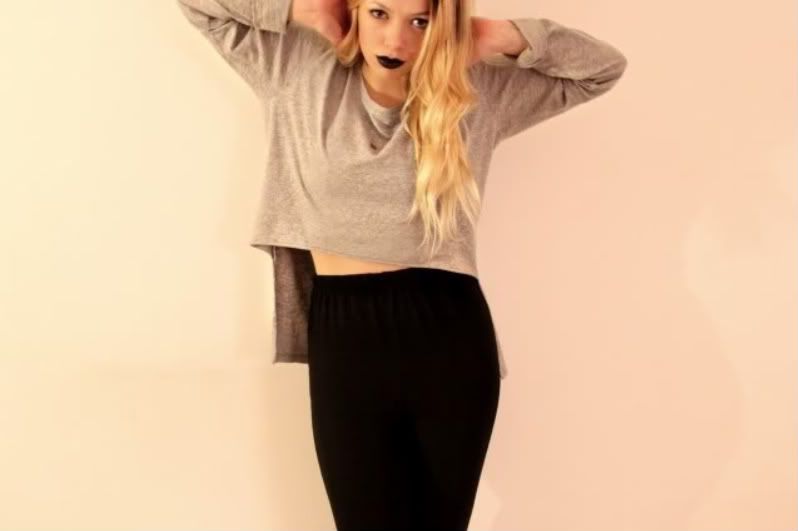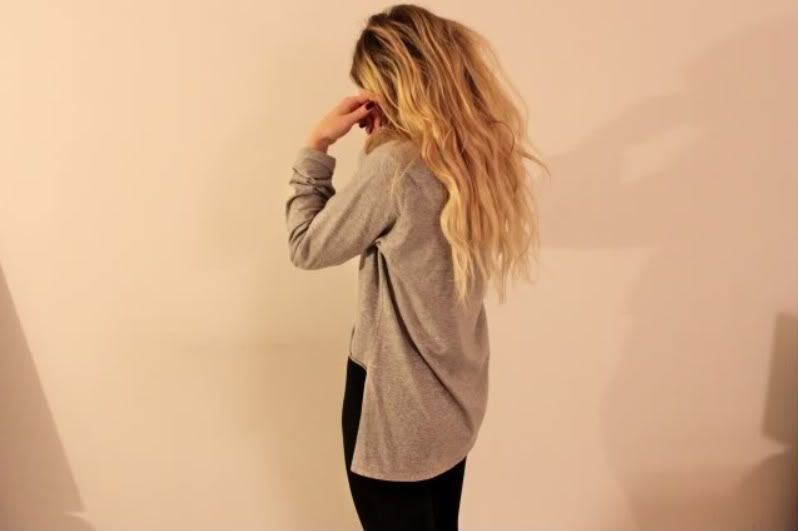

me trying to underdress instead of overdressing
cropped front longsleeve: DIY
1990s high waisted legging: thrifted
Over the past days I have been studying and obsessing about developments in fashion during the 1990's. Somehow it is similar to what is happening now. The internet is giving everyone a voice in fashion, making it more democratic and giving room for different interpretations.
The 1990's is also the first era I consiously lived through but was too little to be aware of complex fashions and tendancies in society. I would listened to Ace of Base and think: when I grow up I'll dance to this in a disco. So yeh, in case you were wondering; I've been listening to Ace of base (and collecting images of Jessie Spano) while reading articles to get in the mood.
In the 1990s it was no longer the done thing to follow fashion slavishly, a sharp contrast to the highly á la mode '70s and '80s. The phobia of being underdressed was finally completely displaced by the fear of overdressing. Fashion in the '90s united around a new standard, minimalism, and styles of stark simplicity became the vogue. Despite the best efforts of a few designers to keep the flag for pretty dresses flying, by the end of the decade the notion of ostentatious finery had virtually disappeared. -source Wikipedia
The best description of what minimalist fashion is
Much Ado About (Nearly) Nothing
By Amy M. Spindler
New York Times, June 13, 1993
Minimalism is as noncommittal as fashion gets without leaving a body naked.
At its best, minimalist fashion is like Mission-style oak furniture: inviting, architectural, sturdy, elegant. At worst, it's plain. It can put demands on the wearer. It won't inspire your friends to apply adjectives to you that you couldn't inspire alone. A minimalist dress is the only $2,000 one that you might wear to meet the Dalai Lama without feeling obscene.
What sets the minimalists on this page above the rest is their deceit and their conceit. Deceit because these clothes look so simple but can in fact be the most difficult: many are cut on the bias (diagonlly, across the grain of the fabric). The bias cut makes them drape. The conceit is the richness of the fabric. There is nothing plain about chiffon backed with silk, or cashmere woven into the rib knit of a sweater.
Minimalism is best described not by what it is, but by what it lacks. There's no lace. No tulle. No fringe. No flouncy tiers. No rows of pleats. For those who subscribe, it is defined the way obscenity ofter is: they know it when they see it.
0 comments:
Post a Comment